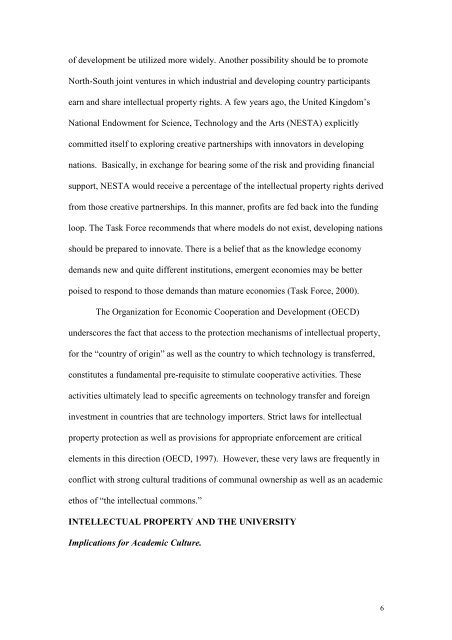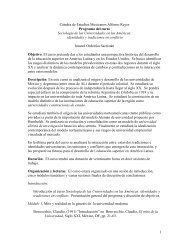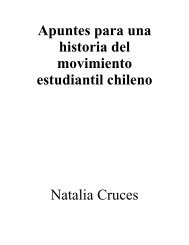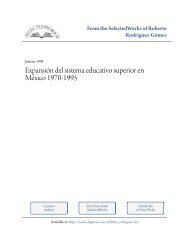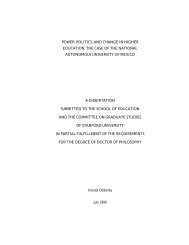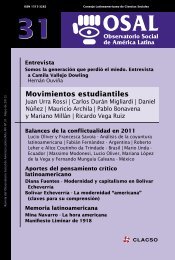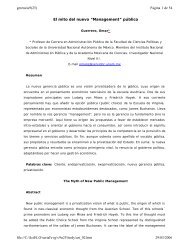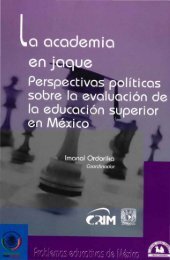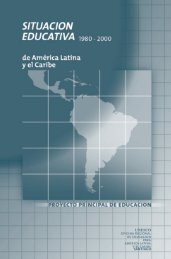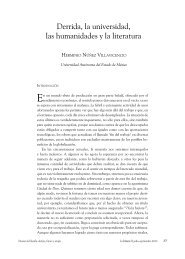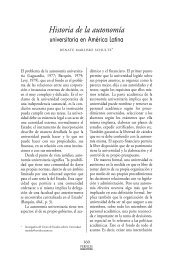intellectual property and the cultural aspects of collaboration
intellectual property and the cultural aspects of collaboration
intellectual property and the cultural aspects of collaboration
Create successful ePaper yourself
Turn your PDF publications into a flip-book with our unique Google optimized e-Paper software.
<strong>of</strong> development be utilized more widely. Ano<strong>the</strong>r possibility should be to promoteNorth-South joint ventures in which industrial <strong>and</strong> developing country participantsearn <strong>and</strong> share <strong>intellectual</strong> <strong>property</strong> rights. A few years ago, <strong>the</strong> United Kingdom’sNational Endowment for Science, Technology <strong>and</strong> <strong>the</strong> Arts (NESTA) explicitlycommitted itself to exploring creative partnerships with innovators in developingnations. Basically, in exchange for bearing some <strong>of</strong> <strong>the</strong> risk <strong>and</strong> providing financialsupport, NESTA would receive a percentage <strong>of</strong> <strong>the</strong> <strong>intellectual</strong> <strong>property</strong> rights derivedfrom those creative partnerships. In this manner, pr<strong>of</strong>its are fed back into <strong>the</strong> fundingloop. The Task Force recommends that where models do not exist, developing nationsshould be prepared to innovate. There is a belief that as <strong>the</strong> knowledge economydem<strong>and</strong>s new <strong>and</strong> quite different institutions, emergent economies may be betterpoised to respond to those dem<strong>and</strong>s than mature economies (Task Force, 2000).The Organization for Economic Cooperation <strong>and</strong> Development (OECD)underscores <strong>the</strong> fact that access to <strong>the</strong> protection mechanisms <strong>of</strong> <strong>intellectual</strong> <strong>property</strong>,for <strong>the</strong> “country <strong>of</strong> origin” as well as <strong>the</strong> country to which technology is transferred,constitutes a fundamental pre-requisite to stimulate cooperative activities. Theseactivities ultimately lead to specific agreements on technology transfer <strong>and</strong> foreigninvestment in countries that are technology importers. Strict laws for <strong>intellectual</strong><strong>property</strong> protection as well as provisions for appropriate enforcement are criticalelements in this direction (OECD, 1997). However, <strong>the</strong>se very laws are frequently inconflict with strong <strong>cultural</strong> traditions <strong>of</strong> communal ownership as well as an academicethos <strong>of</strong> “<strong>the</strong> <strong>intellectual</strong> commons.”INTELLECTUAL PROPERTY AND THE UNIVERSITYImplications for Academic Culture.6


